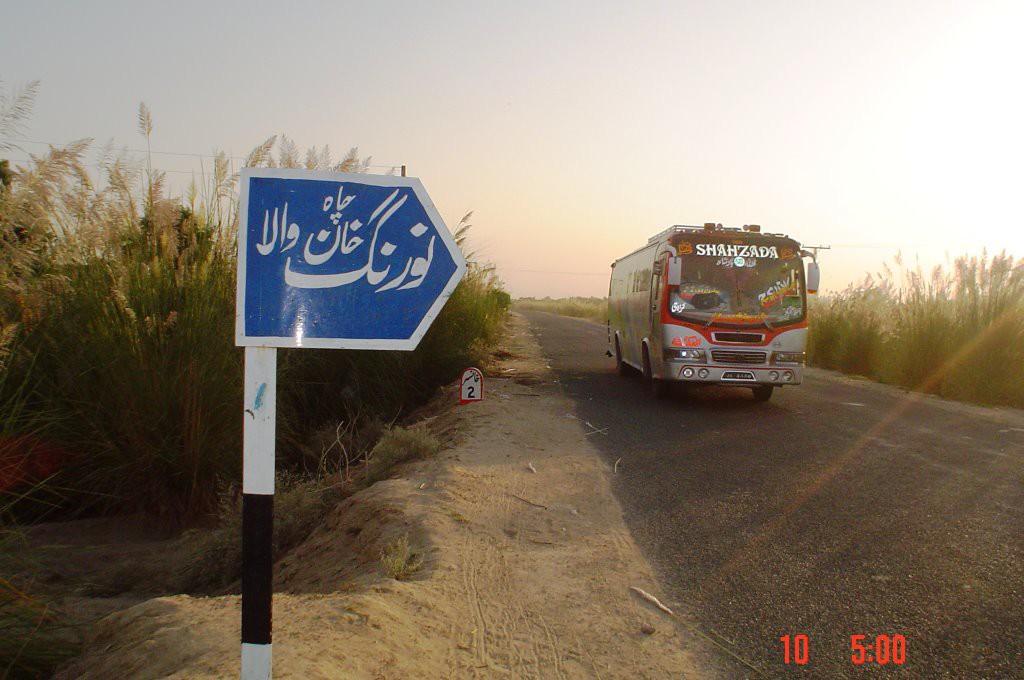Choosing the right commercial vehicle insurance policy for your business can feel like navigating a maze. There are so many options available that deciding which one is right for your business can be difficult
Let’s break down the main points to look for when you are shopping for commercial vehicle insurance policies. These will help you make an informed decision with certainty.
What Commercial Vehicle Insurance Offers
First we need to establish the importance of commercial vehicle insurance. If you are running a business that relies on vehicles, regardless of these being a delivery fleet of trucks or a single company car used for visits, insurance offers a safety net for your assets.
Insurance protects you from losses due to accidents, theft, or damage to your vehicles. Plus, it is a legal requirement, so getting insurance is essential to comply with regulations.

Key Factors to Consider
When comparing policies, there are several key components to consider:
1. Coverage Types
Commercial vehicle insurance typically includes several types of coverage. Here’s a quick rundown:
Liability Coverage:
This covers bodily injury and property damage that your vehicle might cause to others in an accident. It’s usually mandatory.
Physical Damage Coverage:
This includes collision coverage (damage from accidents) and comprehensive coverage (damage from non-collision incidents like theft, fire, or vandalism).
Uninsured/Underinsured Motorist Coverage:
This protects you if your vehicle is hit by a driver who doesn’t have adequate insurance.
Medical Payments Coverage:
This covers medical expenses for injuries to the driver and passengers in your vehicle.
Understanding these coverage types and what they entail is crucial for choosing the right policy.
2. Policy Limits and Deductibles
Policy Limits:
This is the maximum amount the insurance company will pay for a covered loss. Higher limits offer better protection but often come with higher premiums. Evaluate the risks your business faces and choose limits that provide sufficient coverage.
Deductibles:
This is the amount you’ll pay out of pocket before the insurance steps in. Higher deductibles can lower your premium but usually imply more expenses upfront if you need to make a claim. Balance your deductible with what you can comfortably afford to pay in the event of a claim.
3. Premium Costs
Of course, the cost of the premium is a major factor. While it’s appealing to go for the cheapest option, remember that lower premiums often come with higher deductibles or less coverage. Compare the premium costs in relation to the coverage and services provided. Sometimes paying a small amount upfront can save you a lot of money and disturbance in the long run.
4. Exclusions and Limitations
Every policy has exclusions—situations or conditions not covered by the insurance. Common exclusions might include intentional damage, using the vehicle for unauthorized purposes, or certain types of cargo. Make sure you read the fine print and understand what’s not covered to avoid unpleasant surprises down the road.
5. Additional Features and Services
Some insurance policies offer extra features that can be beneficial. These might include:
Roadside Assistance:
Helps if your vehicle breaks down, offering services like towing, tire changes, and fuel delivery.
Rental Reimbursement:
This covers the cost of the rental vehicle you use while your insured vehicle is being repaired.
Gap Insurance:
Pays the difference of what you owe on a leased vehicle and its actual cash value if it is totaled in an accident.
These added features can provide significant value, so consider what extras might be useful for your business.
Evaluating Insurance Providers
Beyond the policy details, the insurance provider’s reputation and customer service are also critical. Here’s what to look for:
Financial Stability:
Ensure the company is financially stable and able to pay out claims. Check ratings from agencies like A.M. Best or Standard & Poor’s.
Claims Process:
Look for a provider with a simple and efficient claims process. Look for reviews or ask for customer references to asses customer satisfaction.
Customer Support:
Good customer support can make a big difference, especially when you need to make a claim. Choose a provider known for responsive and helpful service.

Practical Steps to Compare Policies
Now that you know what to look for, here’s a practical approach to comparing commercial vehicle insurance policies:
1. Assess Your Needs:
List your business’s specific needs and risks. Consider factors like the type of vehicles, how they’re used, and the value of your cargo.
2. Gather Quotes:
Request quotes from multiple insurers. Make sure to provide the same information to each so you can make an apples to apples comparison.
3. Compare Coverage:
Look at the coverage details, limits, deductibles, and premiums for each policy. Don’t forget to check the exclusions and additional features.
4. Evaluate Providers:
Research each insurance provider’s reputation, financial stability, and customer service.
5. Seek Expert Advice:
If you’re unsure, consider consulting with an insurance broker who specializes in commercial vehicle insurance. They can offer specialist guidance and help you navigate the options.
Final Thoughts
Picking the appropriate commercial vehicle insurance policy is a crucial decision for your business. By understanding the key components and evaluating your options carefully, you can find a policy that offers the protection you need at a price that fits your budget. Take time to research, do your homework, and don’t hesitate to ask questions. Your business’s safety and financial health are worth it.
Remember, the right insurance policy not only protects your vehicles but also provides peace of mind, allowing you to focus on what you do best—running your business. So, gear up, and happy policy hunting!

Sadia Zaheer holds a Masters in Business Administration from IBA, Karachi. After working in several financial institutions in Client Management, Corporate Lending, Islamic Banking and Product Management she jumped careers to pursue a career in writing.
She is a Finance, Business and HR Development writer with four years of experience. She reads a lot and takes care of her multiple cats to remain calm.



